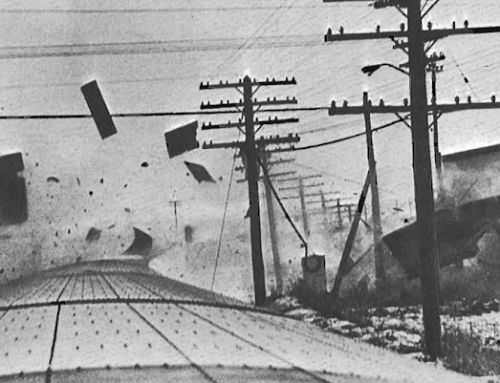Discover the fascinating history of railroads at the Canadian Railway Museum

The Canadian Railway Museum, usually referred to as Exporail, is loaded with exhibits showcasing the history of the railroad both in Canada and internationally. It is owned by the Canadian Railroad Historical Association. The Canadian Railway Museum was founded in 1961 with the mission of purchasing vehicles, artifacts and documents that can be used to trace the progress of Canada’s railways. The museum is located near the very first railroad in Canada and has succeeded in preserving the history of Canada’s railways. It is one of the largest collections in the world of its kind.
“A recurring favourite for our whole family. Such an amazing collection of trains of all shapes and sizes.”
https://www.tourbytransit.com/montreal/things-to-do/Canadian-Railway-Museum
Exporail features both permanent and temporary exhibits that will captivate visitors from every age group. There are guided tours available for those who wish to be shown the highlights of the Canadian railway history. The museum also provides a range of educational activities and conferences to further educate those who wish to learn more about Canada’s railways. It is also possible to go on tram and train rides and watch demonstrations of telegraphy and the operation of steam trains. Kids and adults will love watching miniature trains making their way around beautifully detailed model railroads.
There are five main themes to the permanent exhibits, namely: Urban Railways, Serving the Economy, From Atlantic to Pacific, Railway Domination and Challenges of Railway Transportation. Each focuses on a different aspect of Canada’s railways, both past and present, to provide a varied presentation of the face of the railroads.
Further entertainment is available in the form of theme days. For example: 2 November 2013 to 17 November 2013 features “Suspect Wanted: The Train Robber”. Clues are left in the Grand gallery by Bill Miner, renowned bandit of the early 20th century. Children collect the clues in a notebook then take their findings to the children’s craft workshop in exchange for the chance to make their own policeman’s badge.





